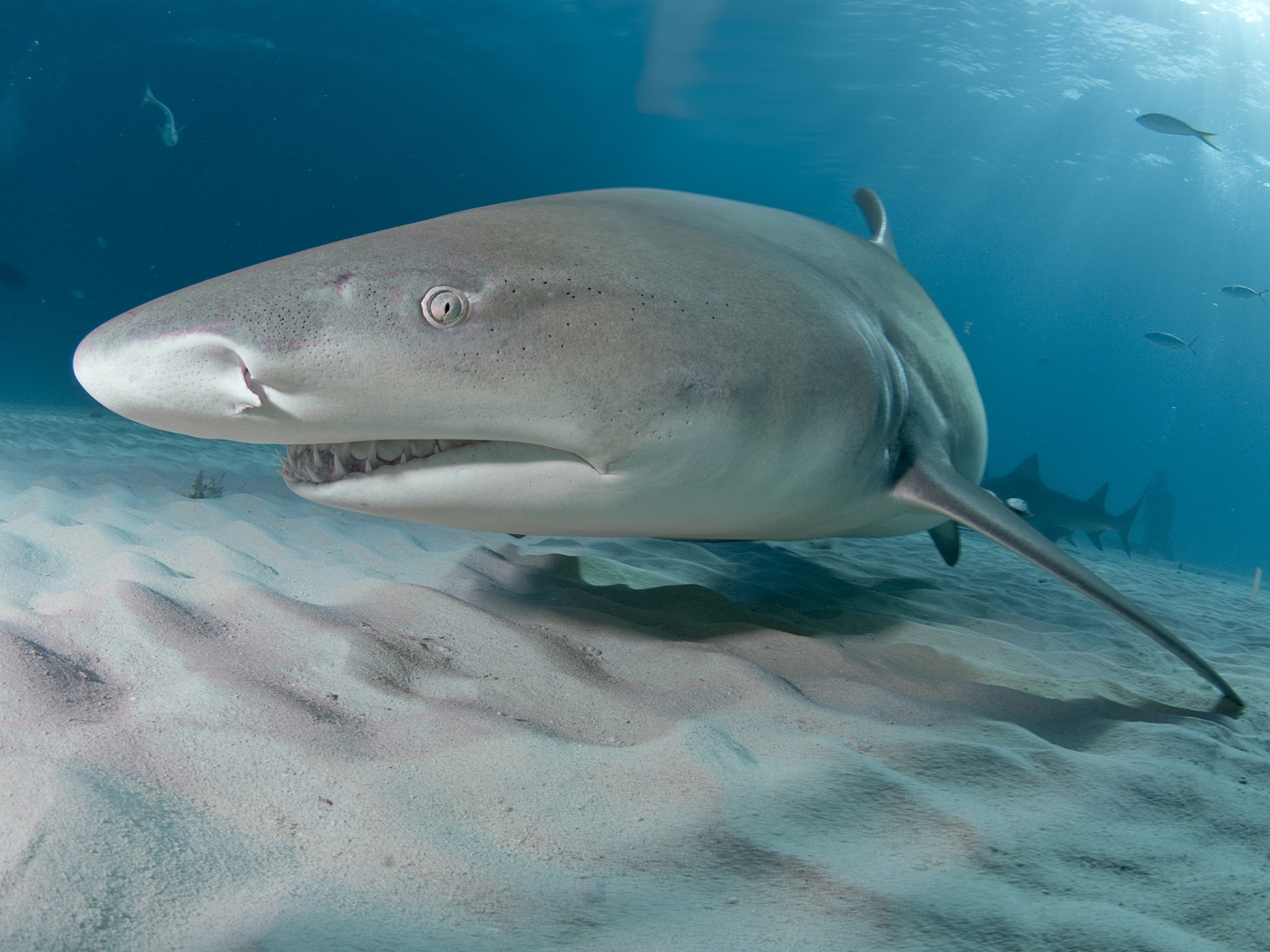Prevailing secular theory considers birds to be living dinosaurs, but new science is hatching to support the stark differences between these creatures. The data demonstrate dinosaurs were more likely cold-blooded like all modern reptiles.
Dr. Gregory Erickson of Florida State University and his colleagues from the University of Calgary and the American Museum of Natural History recently published their findings on dinosaur incubation periods in the Proceedings of the National Academy of Sciences.1 They found that dinosaur eggs took roughly twice as long to hatch as comparable bird eggs.
How did they determine the exact incubation times? The team discovered that embryonic dinosaurs had incremental layers of von Ebner gland protein in their developing teeth that formed growth lines, much like tree rings.1 But these rings developed during diurnal pulses of mineralization, giving a record of daily growth. These same teeth growth lines are present in today's reptiles and mammals but were never known from dinosaur fossils prior to this Erickson study. The scientists merely counted the growth lines in the fossil teeth to determine embryonic age, conducting their research on two species of dinosaur, Protoceratops andrewsi (a frilled dinosaur) and Hypacrosaurus stebingeri (a duckbill variety).1
It has long been known that "In reptiles incubation is slow, whereas in birds it is remarkably rapid."1 Because many secular scientists assume dinosaurs are similar to extinct birds, they readily infer dinosaurs also had rapid incubation periods.1
These recent findings surprised the scientists. "Our results show unexpectedly slow incubation (2.8 and 5.8 mo[nths]) like those of outgroup reptiles."1 If these dinosaurs were truly bird-like, they should have had incubation periods of about 40 days for Protoceratops and 82 days for Hypacrosaurus.1 But the research team's results calculate out at 83 days and 171 days, respectively—over twice as slow as predicted.1
Why was this so shocking? Because most secular scientists assume dinosaurs were warm-blooded like today's birds. And they go so far as to say that dinosaurs are, in fact, birds.2 "Birds stand out from other egg-laying amniotes [like reptiles] by producing relatively small numbers of large eggs with very short incubation periods (average 11-85 d[ays])."1 In contrast, dinosaurs have been known since the 1920s to typically lay clutches of about 20-30 eggs—a number more in line with modern reptiles—far more than most modern birds.2 And now we see that dinosaurs had long incubation periods, again quite unlike birds.
This latest embryonic research shows that dinosaurs are really more like modern reptiles, having a slower embryonic metabolism than birds. And yet, the authors of this PNAS article seemed to completely side-step the metabolic implications for this discovery.1 The scientific case for warm-blooded dinosaurs is not nearly as strong as many believe—the mounting evidence continues to show that dinosaurs are less like birds and much more like modern reptiles.2,3
The conclusion I made in my book is further bolstered by this new research:
The unwritten side to this metabolism debate is what is truly fascinating. It is actually a war of worldviews. Mainstream, secular science is trying to make dinosaurs into warm-blooded animals because they are trying to make them the evolutionary ancestors of birds. They need dinosaurs to be warm-blooded if they are going to argue ancestry between the two animal groups. It is difficult to have a warm-blooded descendant from a cold-blooded ancestor.2
The Bible says that God created each animal to reproduce after their kind. And science again demonstrates that birds and dinosaurs represent two completely different creature kinds.
References
- Erickson, G. M., et al. 2017. Dinosaur incubation periods directly determined from growth-line counts in embryonic teeth show reptilian-grade development. Proceedings of the National Academy of Sciences. 114 (3): 540-545. DOI: 10.1073/pnas.
- Clarey, T. 2015. Dinosaurs: Marvels of God's Design. Green Forest, AR. Master Books, 121-124. Available at www.ICR.org/store.
- Clarey, T. 2016. Dinosaurs Designed Cold-blooded. Acts & Facts. 45 (1): 15.
Image credit: A hatchling Protoceratops andrewsi fossil from the Gobi Desert Ukhaa Tolgod, Mongolia. Copyright © 2016. Ellison. Adapted for use in accordance with federal copyright (fair use doctrine) law. Usage by ICR does not imply endorsement of copyright holders.
*Dr. Clarey is Research Associate at the Institute for Creation Research.
Article posted on February 13, 2017.



















